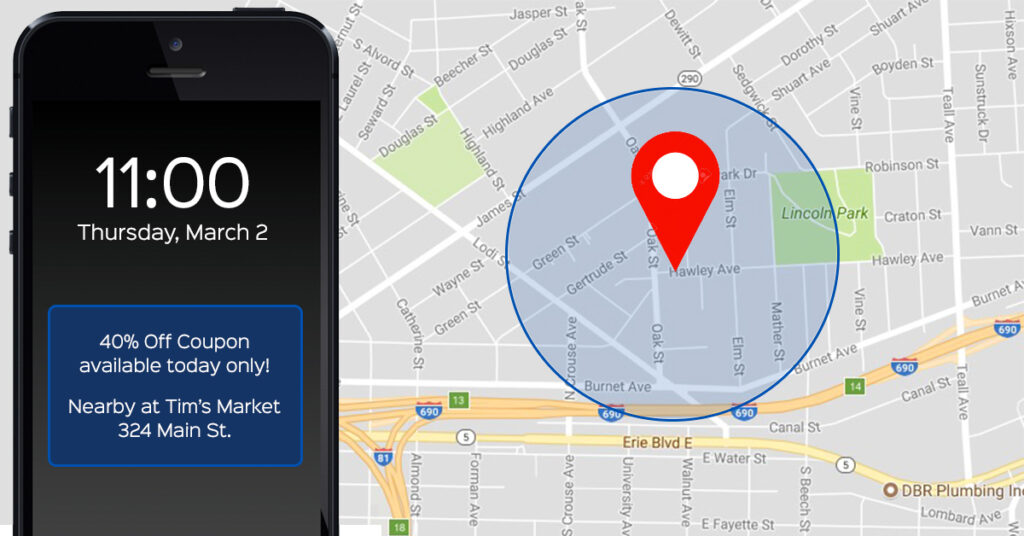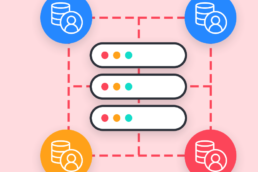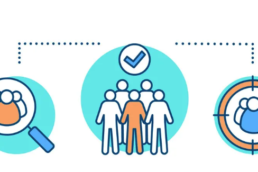Mobile geofencing may be a location-based promoting method that includes making a virtual boundary, around a particular physical area. When a versatile gadget enters or exits this virtual boundary, it triggers a focused on promoting message or promotion to the client.
This geofencing can too for track foot activity and degree the adequacy of showcasing campaigns. By analyzing information on client behavior inside a geofenced zone, businesses can pick up bits of knowledge into the socioeconomics, and inclinations. And the interface of their target gathering of people and utilize this data to optimize future campaigns.
By and large, portable geofencing may be an effective promoting instrument that permits businesses to convey focused, personalized messages to clients based on their physical area, expanding the pertinence and adequacy of their showcasing campaigns.

Impact on IOS And AOS
Geofencing has been working on both iOS and Android for almost a decade. The first to launch the service was iOS, where the functionality for geofencing appeared in version 5 in 2011.
The built-in Reminder app used geofencing to trigger reminders when the device owner entered a specific location. Two years later, Geofencing became available on Android in version 3.1 of Google Play services.
It can be used for a variety of purposes, including marketing, advertising, and security. For example, a business could set up a geofence around its physical location. Also, send targeted advertisements or promotions to customers who enter the area. Similarly, a security company could use geofencing to monitor the movement of employees or assets in specific areas.
However, at that time the current version of the operating system was 4.3. And the new services also supported older versions up to Android 2.2 (Froyo).
Mobile geofencing typically works by using the GPS technology built into smartphones to track the device’s location
Geolocation is typically defined in mobile device code.



